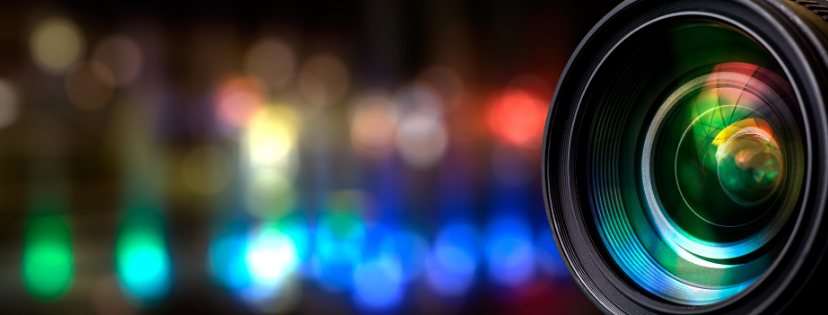As we have all adapted to the online world for work, gatherings and even celebrations, Art Therapists and clients have been considering the question: Can digital media be used for Art Therapy?
Traditional Art Therapy relies on the tactile experience of applying colour, texture and image by hand, through crayon, paint, glue and paper. But there have been a growing number of Art Therapists using digital media to present images to clients. In addition, as phones and tablets have grown in popularity, clients are asking their therapists to add digital media to their toolkit.
I am a photographer and the world of digital image is one that I love to venture into and explore. But even in photography, the question is often debated about whether a photographer should work hard to create the image in camera or is it permissible to manipulate and change the image using a photo program? Personally, I find the experience of manipulating a photo, adding layers, textures and effects satisfying and rewarding so that is what I do. No debate for me.
If we work from the premise that Art Therapy is a doorway into your inner world, the creation or making of Art, no matter the form will be a way to access your inner wisdom.
Cathy Malchiodi, an Art Therapist and prolific author of books on Art Therapy and Art Processes has edited a book entitled Art Therapy and Digital Technology (2018) where she champions the innovative use of the internet, computers and art programs. One form she explore is photography. So how can this be used in Art Therapy?
I was first alerted to the use of photography for therapeutic benefit when I read an article in 2009 about a woman, Hailey Bartholomew, who created a photography gratitude project. She called it 365 Grateful. Each day she took a photograph of something for which she was grateful. She used Polaroids for immediacy and stuck the images in a book. Over time she realised the themes; she noticed how generous her husband was in his actions towards her, how much she loved being in nature and the joy she found in small moments, like the perfect coffee. Hailey credits a dramatic shift in her mood from mild depression to increased joy, through the process of documenting her gratitude with photography. She has a website where you can find out more at https://365grateful.com
In 2018, researchers at Lancaster University found that taking a photo a day and posting it online had a positive impact on wellbeing. The researchers concluded that the process of being mindful, paying attention to the world around them and looking for subjects that created a sense of positive feeling, had benefits. I know this for myself, when I am having a bad day or am caught up in my inner world, taking my phone or camera out into the world, to find images that give me joy, is a great way to break the cycle of negative thinking. Find out more at https://www.sciencedaily.com/releases/2018/04/180430131759.htm
One of my favourite Art Therapy activities involves asking clients to look at a series of landscape images that depict different weather patterns, geography and topography. I ask them to choose one that reflects the way they feel right now. The image they choose is a way to explore their feelings, how it affects their body and what they learn from externalising the emotion in a non-human environment. Next, I ask them to choose an image to represent how they would like to feel in the future. It is very revealing to me and them when we use this methodology.
So what are the benefits of using the digital image and photography in Art Therapy
- Cameras are very accessible. Most people with a phone in their pocket also have a camera. The suggestion that a client take a photo on a regular basis is doable. Agree on a theme and encourage the client to take a photo each day that reflects the theme.
- Digital photography is familiar. Clients are looking at pictures online whenever they surf the web. They are also accessing this form of media through image sharing and social media websites. It is so relatable.
- Sharing images is easy. There are many ways to share photos safely and privately such as through Flickr, Cluster, Google, or even messaging and email.
- The creation of a photo is the doorway into the client’s emotional world.
Some of the questions a Therapist may ask a client about a photo:
- Which is the strongest image for you?
- What is the significance of this image to you?
- How does it make you feel?
- What do you make of this picture?
- What does it remind you of?
- If you were part of this picture, which part would you be?
- What name would you give this image?
So, if you are an Art Therapist and want to dip your toe in digital media, this is a safe, convenient and accessible way to try a new medium.
Plus, if you are feeling stuck, or caught in negative thinking, take a walk with your camera. Find three or four images that catch your eye. Don’t overthink it. Take the pictures and when you return, ask what does this say about how you are feeling? What does this tell you about your way forward? You may be surprised by the insights that you gain.
Jenny Fisher – Expressive Arts Facilitator Writer, Storyteller, Photographer, Artist, Consultant & Coach Personal and Team Development through Story and Art



